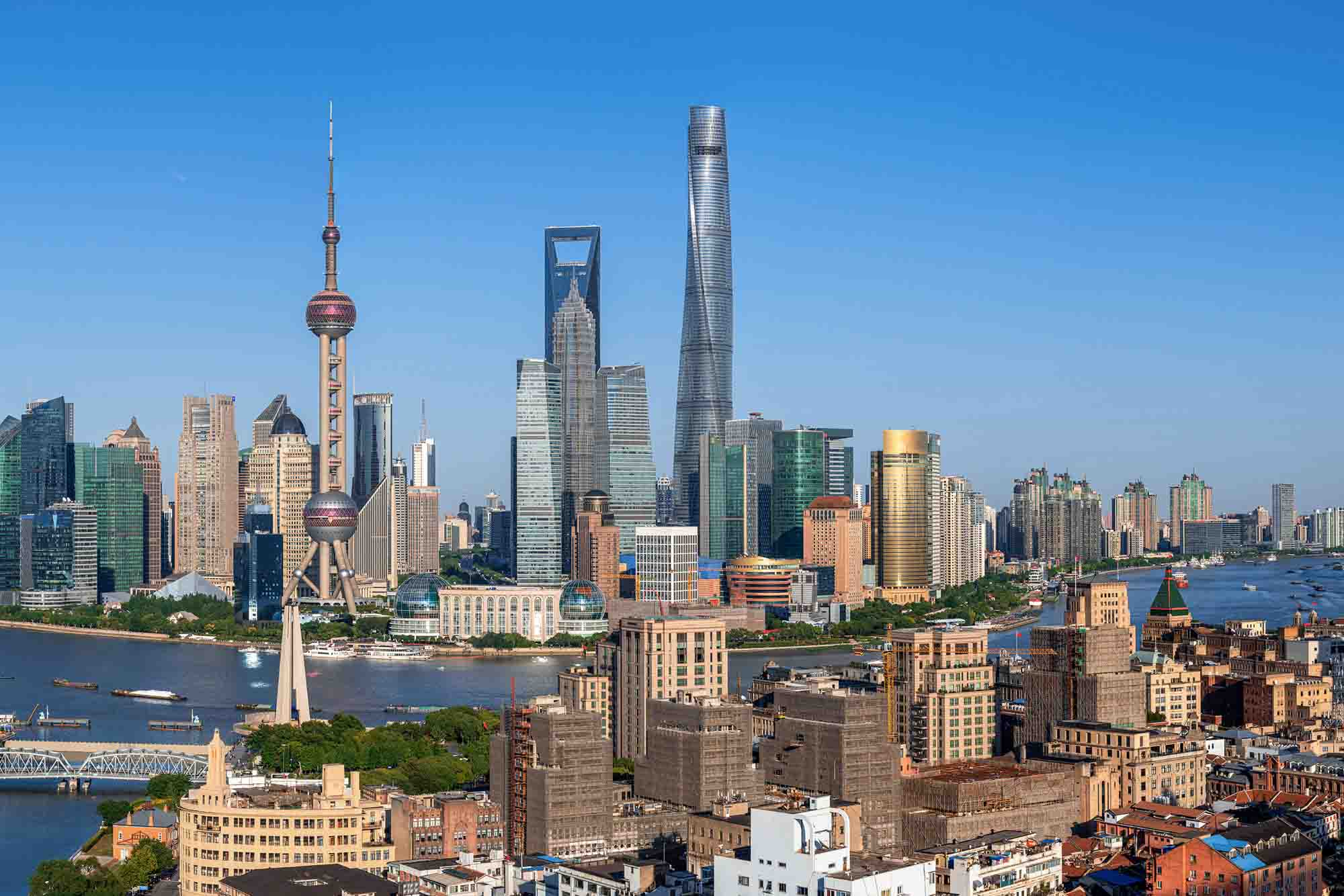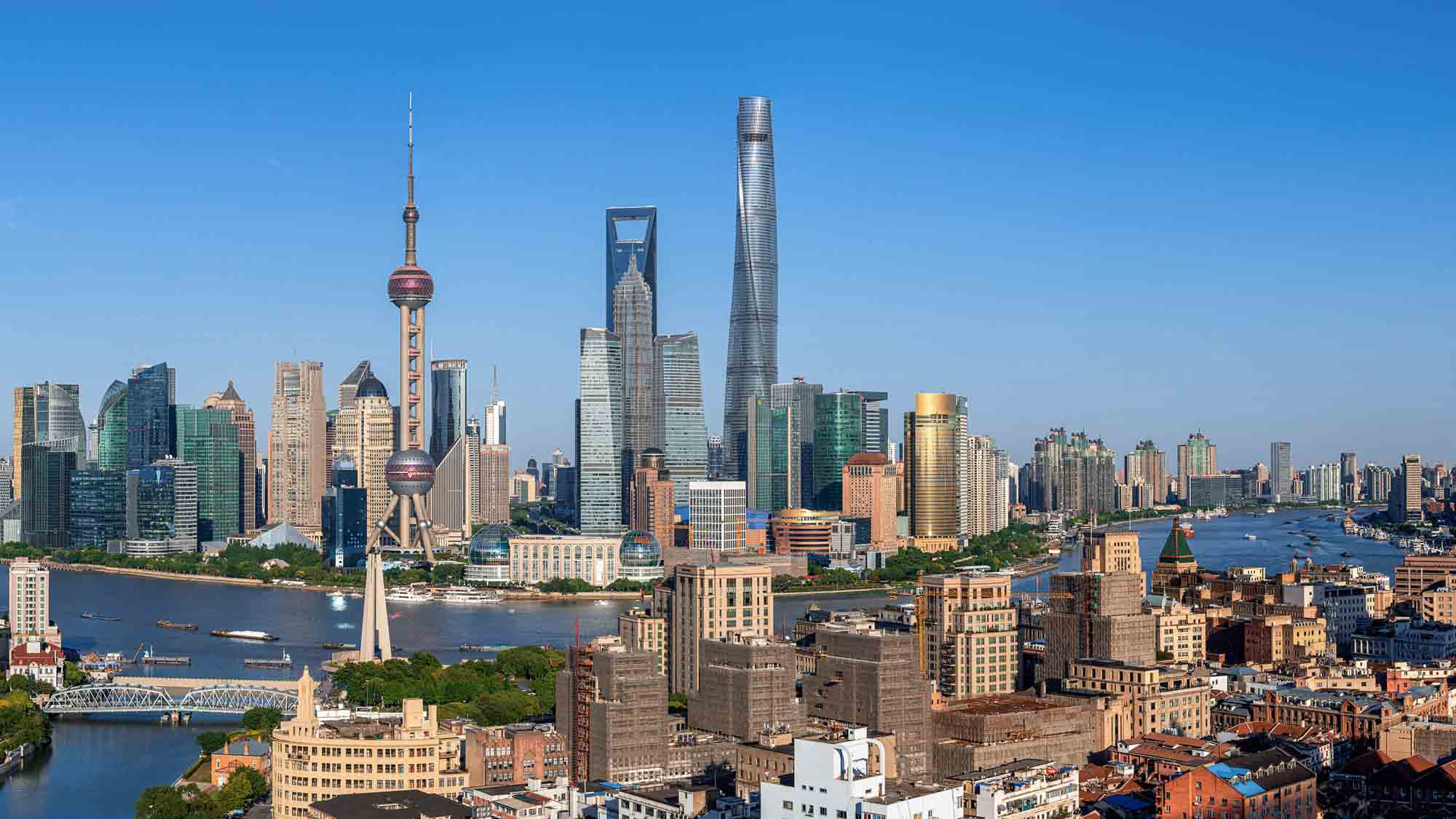China


China’s economy has recovered from COVID-19 quicker than its neighbours, benefitting from a combination of decisive actions to deal with the disease, easing monetary and fiscal measures by the Central Bank and government support. These measures are further boosted by widening interest rate differentials and further financial market liberalisation, which will likely help domestic assets become more attractive to investors.
The CNY is expected to strengthen to 6.35 against the USD moving forward.
China's rapidly recovering economy will lead regional post-pandemic growth
China’s economy has recovered from COVID-19 quicker than its neighbours, benefitting from a combination of decisive actions to deal with the disease, easing monetary and fiscal measures by the Central Bank and government support. These measures are further boosted by widening interest rate differentials and further financial market liberalisation, which will likely help domestic assets become more attractive to investors.
The CNY is expected to strengthen to 6.35 against the USD moving forward.
China’s economy has taken the lead in recovering from the impact of COVID-19 (Figure R5) and is expected to grow by 8.2% in 2021. Retail sales have shown continuous improvement, with both the manufacturing and service sectors returning to expansionary levels.
Monetary and fiscal policy will remain relatively accommodative, providing support to the economy. However, the People’s Bank of China (PBOC) prefers to provide liquidity through structured monetary policy tools such as open market operations instead of broad interest rate cuts. In addition, credit easing will allow companies to access much-needed loans.
At the same time, the economic “dual circulation” policy is expected to be vigorously implemented to drive both domestic growth and external trade. This will further boost domestic consumption, thus helping China’s economy to better withstand uncertainty over external demand as a result of the pandemic.
Differentials in economic recovery and widening interest rates compared with developed markets, combined with ongoing financial market reforms, will make Chinese assets more attractive.
However, geopolitical risks, such as the continued friction between China and the US, may cause some market volatility.
Equities
Corporate earnings will gradually improve and are expected to grow by 18% in 2021.
Relatively cheap valuations are still attracting foreign and domestic investors. A low interest rate environment and controls over the property market have led to inflows into stocks. We expect this trend will continue. Ongoing financial reforms and greater accessibility of China’s financial markets to foreign investors also add to the stock market’s appeal.
New-economy sectors such as 5G and Clean Energy are expected to do well in 2021, while the Healthcare and Consumer Staples sectors may face selling pressure in the near-term due to their strong performance in 2020.
Fixed Income
Expectations of an economic recovery have pushed interest rates up from their lows, putting pressure on the fixed income market. Credit selection and a focus on short- and medium-duration bonds are important to counter the potential risk of widening spreads.
Currency
Widening interest rate differentials between the US and China, plus a strong Chinese economic rebound, have led to continued capital inflows into CNY. These factors have led to the CNY strengthening against the USD. We expect the CNY to appreciate to 6.45 against the USD by Q2 2021, and to 6.35 by Q3 2021.
Figure R5. Chinese sentiment has picked up significantly and has returned to expansionary levels.
Source: Bloomberg



 Back to Home
Back to Home









 Back to Home
Back to Home